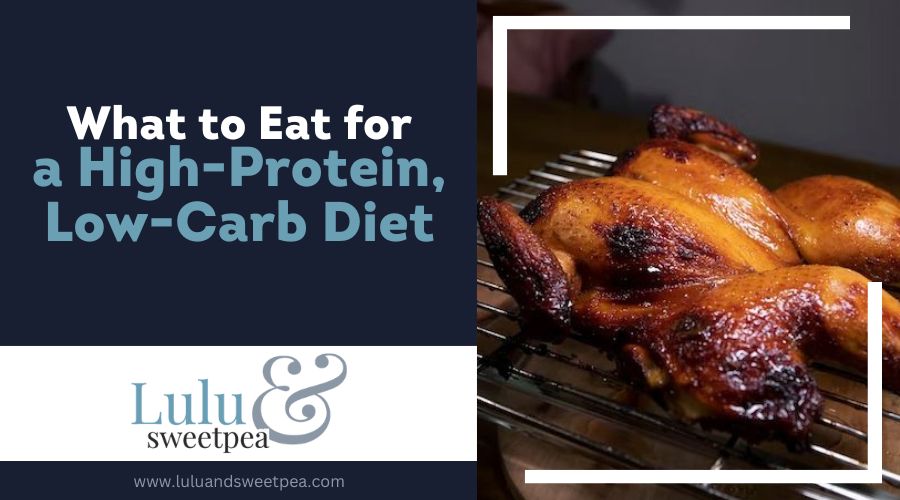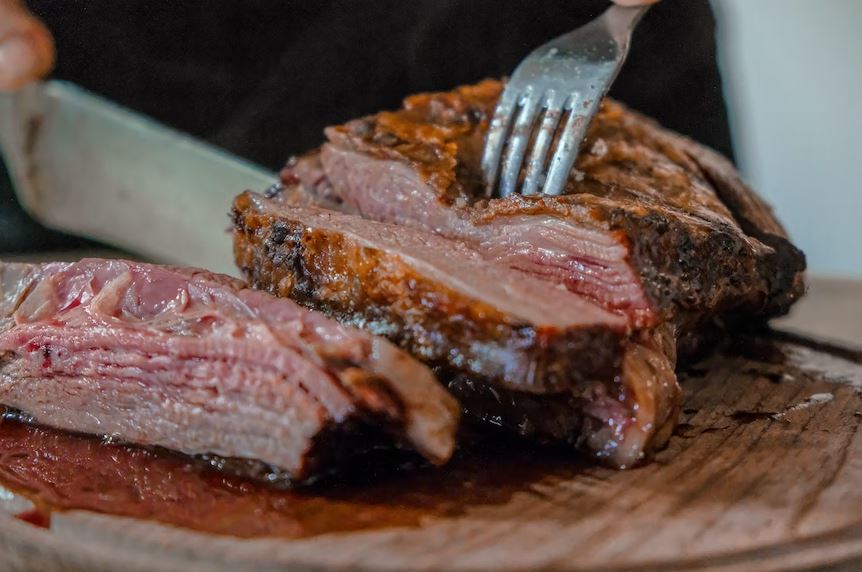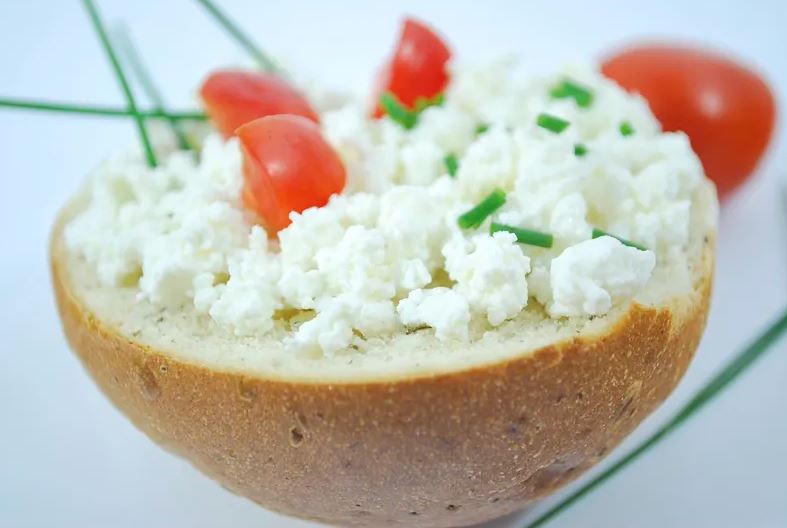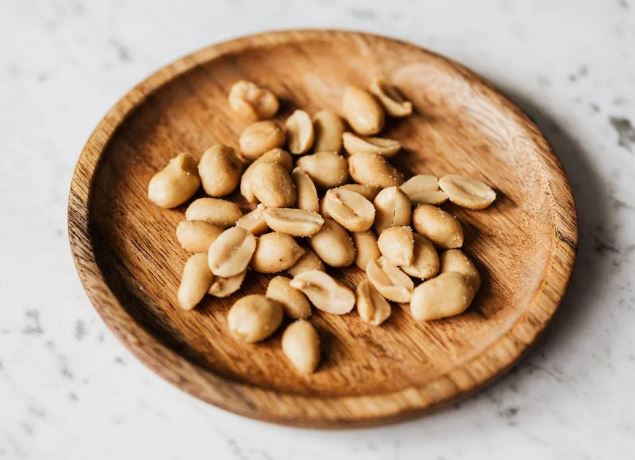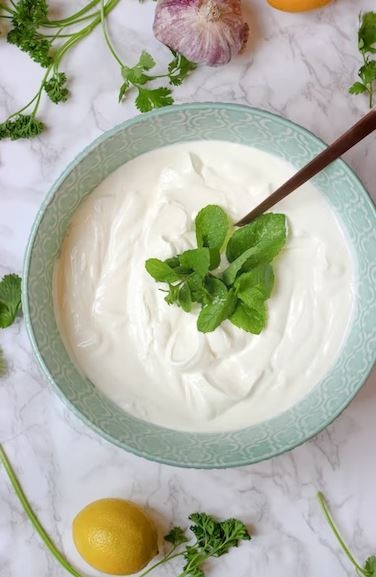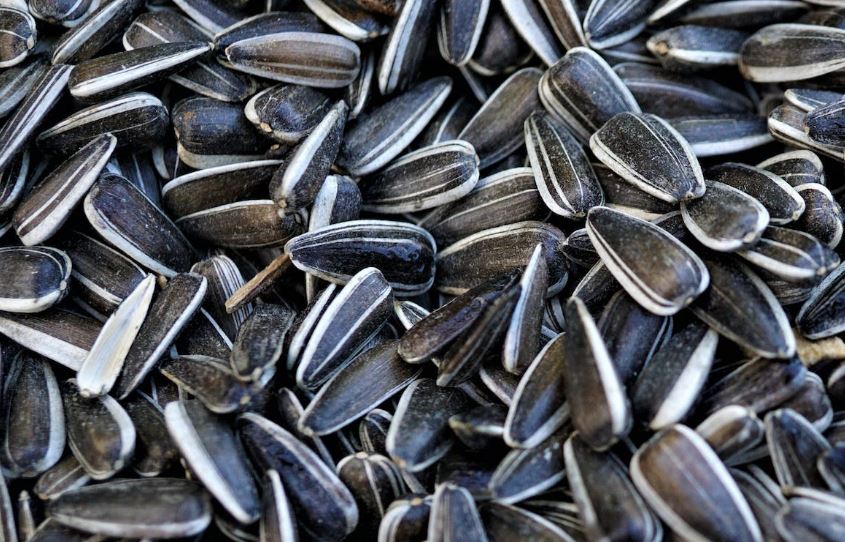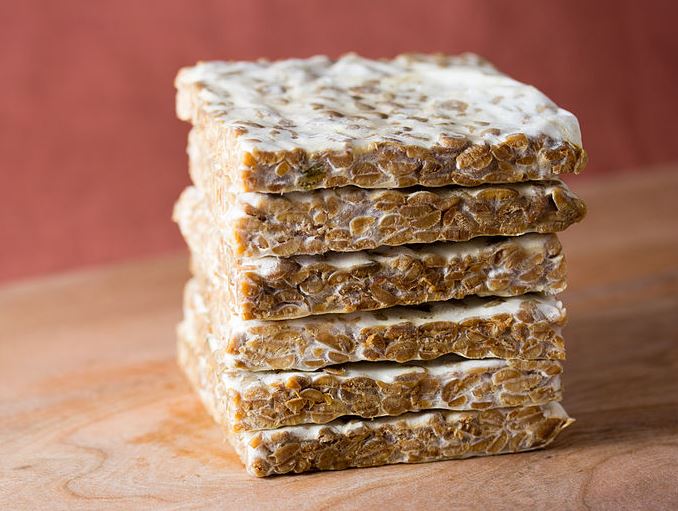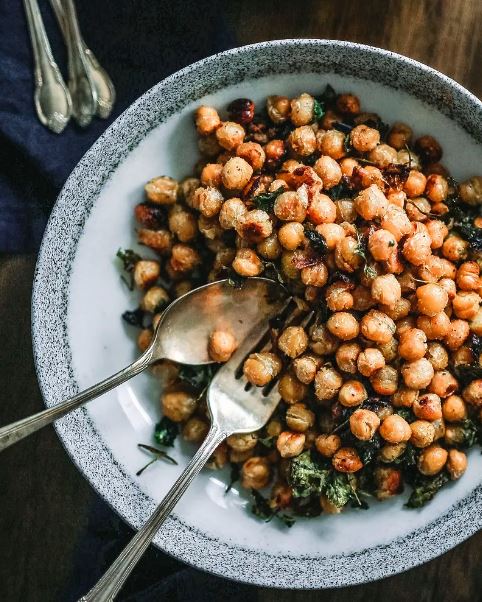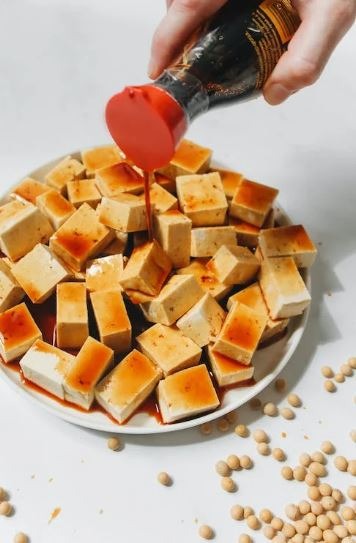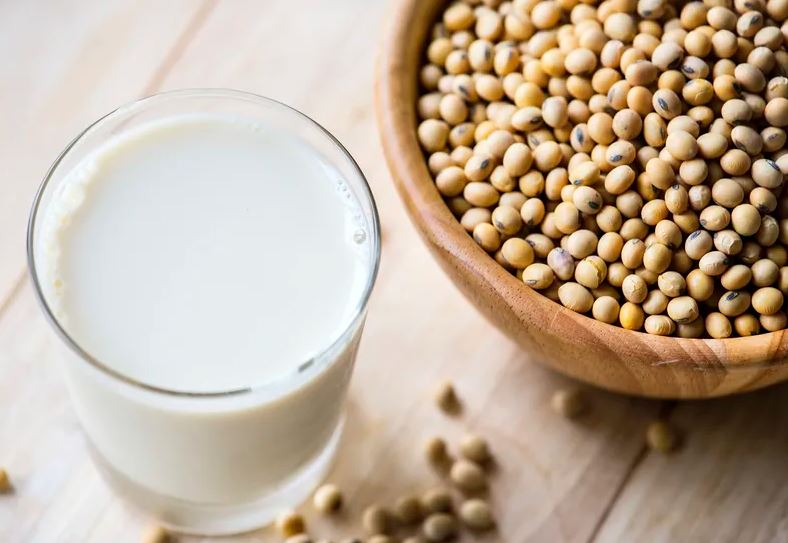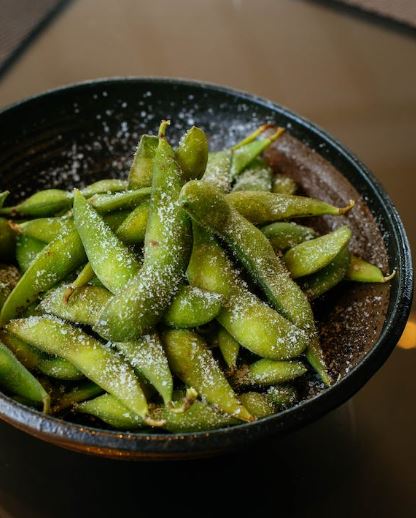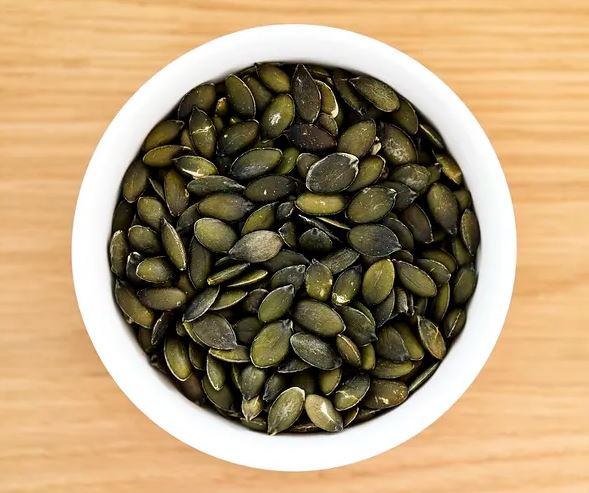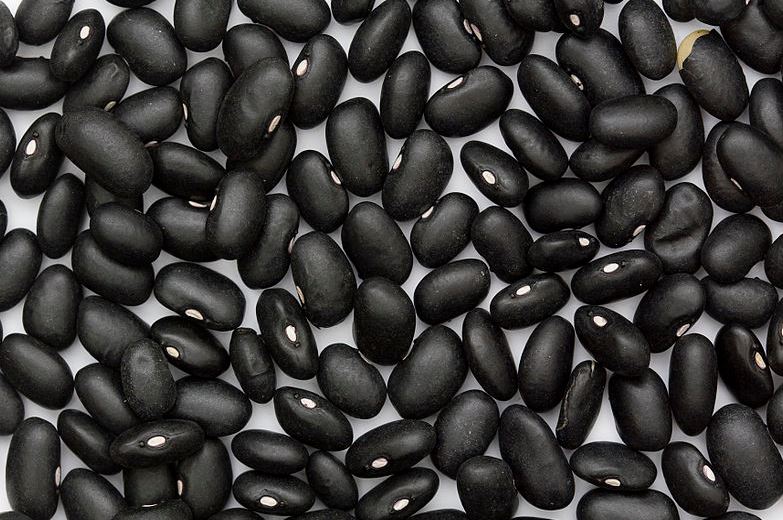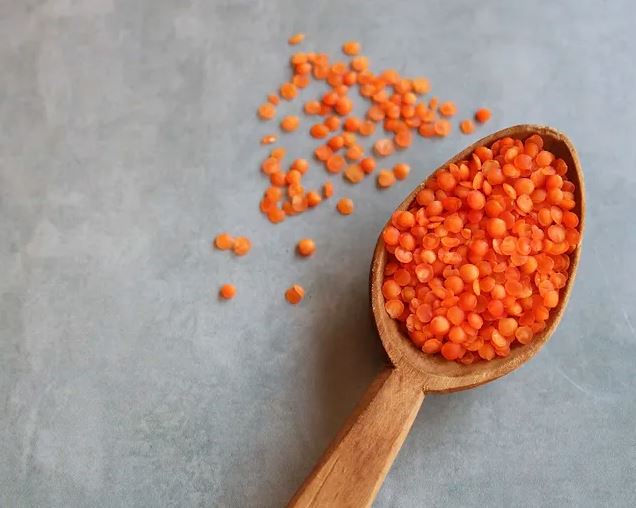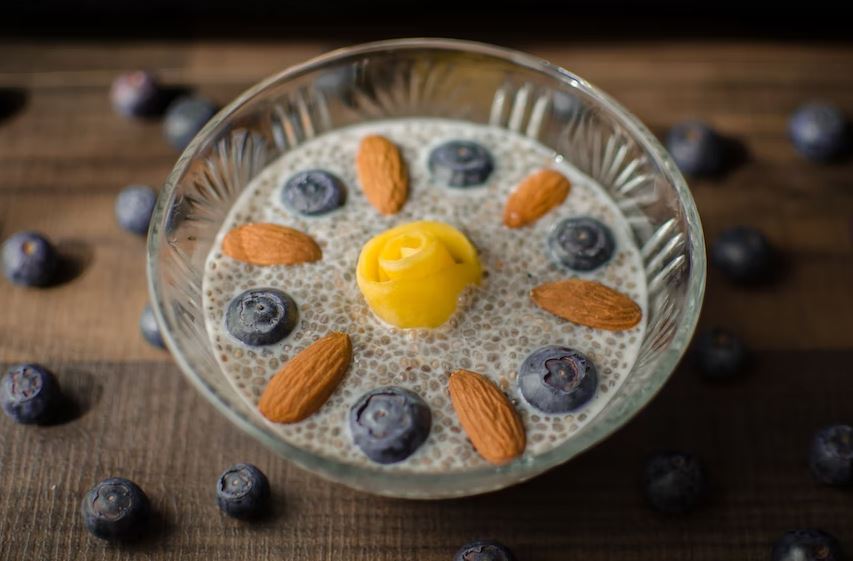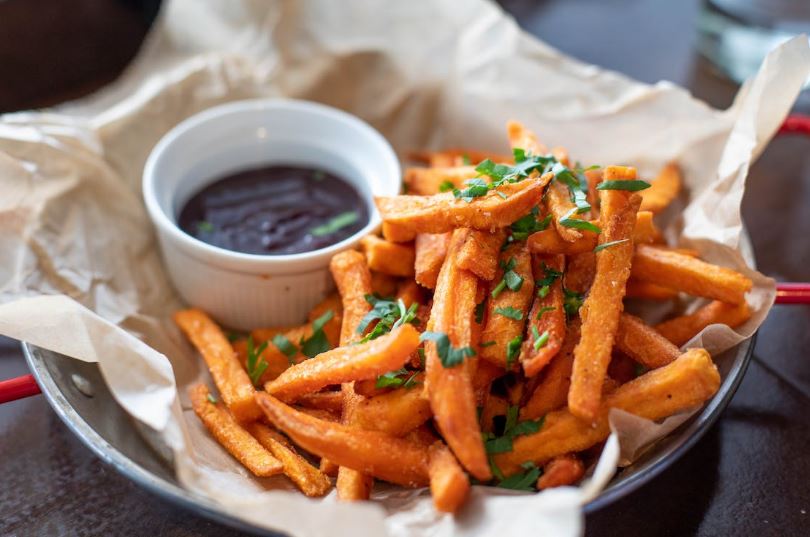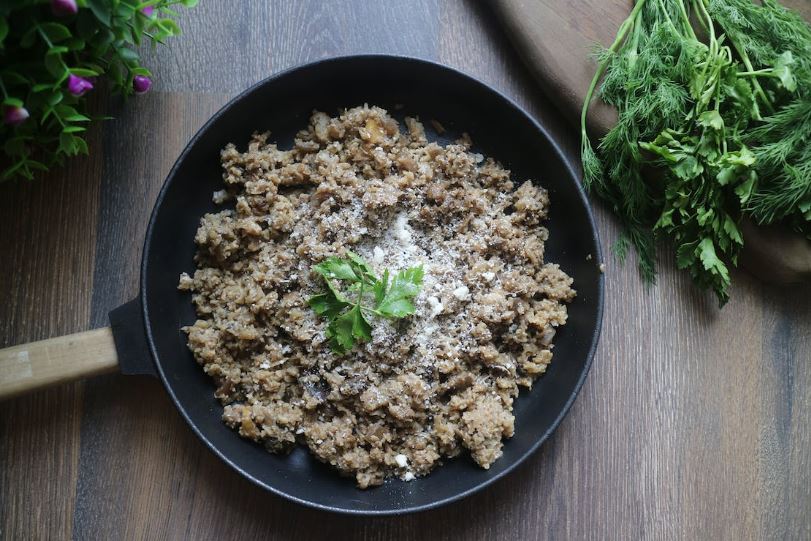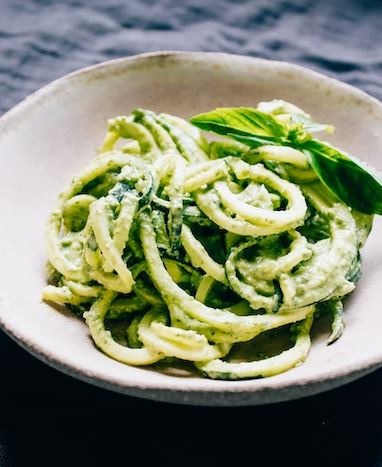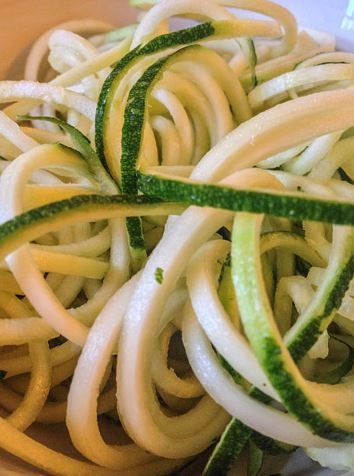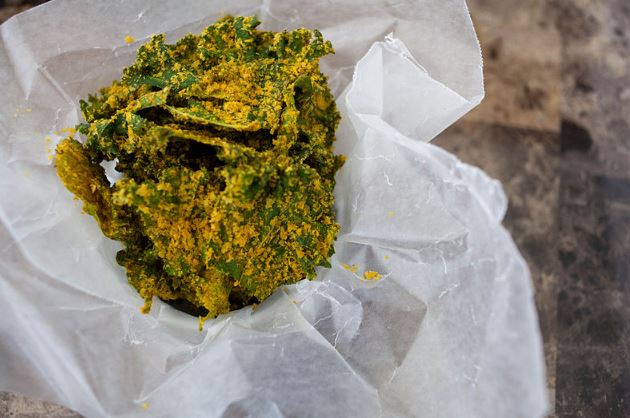Protein, carbohydrates, and fat are essential macronutrients that our body needs in large quantities to provide us with energy and keep them healthy. Consuming sufficient amounts of each micronutrient is necessary for a balanced diet. But if a person is looking to lose weight or change their body composition, they may want to adjust the balance in their macronutrients and take in more protein while reducing carbohydrates. A high-protein, low-carb diet can be a great choice to achieve that goal.
Protein is a major component of the bones, muscles, organs, skin, hair, and nails. It is used in many bodily functions like cell maintenance and repair, production of antibodies, blood clotting, and preventing loss of lean body mass. Protein is also digested more slowly than carbs, which helps increase feelings of fullness, which satisfies hunger.
Carbohydrates act as the body’s main source of energy, and they can be simple or complex. Simple carbohydrates contain one or two sugar molecules, while complex carbohydrates have a longer molecular chain. The body absorbs simple carbohydrates more quicker than complex ones.
Benefits of a High-Protein, Low-Carb Diet
A high-protein, low-carb diet can be fitting for people who are looking to gain these benefits:
- Weight loss – Protein helps people feel fuller with less food intake. Carbs are filling, but it leads to weight gain. So if you want to lose weight, consider increasing your protein intake and lessening carbs. Besides facilitating weight loss, this diet can also help with it.
- Improvement in body composition – Body composition is the percentage of bone, fat, water, and muscle in the body. Research suggests that taking diets high in protein can improve body composition.
- Maintaining bone health – Eating more protein than the average recommended daily allowance can help reduce the risk of hip fracture and loss of mineral density in the bones of older adults.
- Improving blood sugar levels – Reducing carbs and increasing protein in the diet can benefit people with type 2 diabetes by improving their average glucose levels.
High-Protein, Low-Carb Foods
If you want to follow a low-carb diet but also looking to increase your protein intake to build muscle, lose weight or recover from injury, here’s a list of foods you might want to prioritize adding to your daily diet.
Chicken
Chicken is a lean protein that’s a go-to protein source for a reason. Most people who are looking to lose weight and build muscle are going for chicken as their filling protein source. A 4-ounce serving of chicken can give 26 grams of protein for a minimal 120 calories and no carbs. It also provides selenium, which is linked to immunity. Chicken is also very versatile – you can do any type of cooking with it, and it goes with any type of cuisine.
If you need a quick chicken fix, you can easily get a rotisserie chicken in the grocery store. It’s lower in sodium than pre-packaged deli meat.
Grass-fed beef
Grass-fed beef is the best meat of choice, thanks to a healthier fat profile and more antioxidants. The meat from the cattle that eat only grass has two to three times the amount of conjugated linoleic acids (CLAs), which are healthy fats associated with better cholesterol levels, reduced risk of cardiovascular disease, and reduced cancer risk. A 4-ounce serving of grass-fed beef has 22 grams of protein and no carbohydrates.
Salmon
Salmon is a delicious fish that is a healthy source of omega-3 and protein. Three ounces of salmon contain 17 grams of protein and no carbohydrates. It’s also a good source of vitamin B12. When buying salmon, make sure you go for the wild-caught variety because it’s sustainable and can provide more nutritional health benefits than farm-raised options. It can be fried, grilled, smoked, or oven-baked, and you can also eat it raw in sushi.
Tuna
You may not eat fish enough, but canned tuna makes it easy to add more protein-packed seafood to your daily diet. A 3-oz. can of tuna comes with 20 grams of protein and 2.5 grams of total fat. Eat it by itself or add it to pasta and salads.
Eggs
Eggs are considered one of the best sources of protein available. They can supercharge your diet effortlessly because they are easily available, inexpensive, nutrient-dense, and versatile. One egg contains 6 grams of protein and only a trace amount of carbohydrates. Two large eggs have more than 50% of the recommended choline you need per day. Scramble them with vegetables for breakfast, or boil them to make an easy but healthy snack. Fried eggs go with anything, like fried rice and toast.
Cottage cheese
A half cup of low-sodium cottage cheese packs up about 20 grams of protein, which makes it a great addition to your high-protein, low-carb breakfasts. The flavor of cottage cheese is made with live and active cultures that contain probiotics to help maintain gut health. Eat it plain as a savory snack, pair it with bread, or top it with fresh fruit. It can also be used as a versatile ingredient for a savory meal or a dip for vegetable snacks.
Peanuts and peanut butter
Boost your protein intake by adding a dollop of peanut butter to your breakfast. It’s a yummy plant-based protein option that is rich in heart-healthy monounsaturated fats. Just look for varieties with under 140 mg of sodium per serving and no added sugar. The ingredient list must be short – peanuts and maybe some salt, and that’s it. A two-tablespoon serving of peanut butter contains 7 grams of protein.
Whole peanuts from the shell are also a great plant-based protein snack. Opening the shells will force you to slow down and eat more mindfully, plus they are very filling.
Greek yogurt
Plain and unsweetened Greek yogurt has a slightly tangy, sour taste. You can enjoy it on its own, eat it with fruit and nuts, or use it as a substitute for sour cream or mayonnaise. It’s one of the best foods for maintaining gut health, as it can help build up your body’s beneficial bacteria and support immunity, digestion, and more. The non-fat options make this a high-protein, low-carb food. A ¾ cup of plain, non-fat Greek yogurt contains about 10 to more than 15 grams of protein, depending on the brand.
Sunflower seeds
Sunflower seeds are high in calories and rich in healthy fats, which makes them filling. They are linked to improved heart health, cognition, and decreased risk of dementia. It also adds a yummy texture to salads, yogurt, or sprinkled on top of fruit as a snack. One-fourth cup of sunflower seeds contains 6 grams of protein and 5 grams of carbohydrates.
Tempeh
Tempeh is a soy food that is packed with plant-based protein and gut-friendly probiotics. It makes a nice meat alternative because of its firm texture. It takes on the taste of what it’s cooked in, so you can add it to a stir-fry or season and sear it like a steak for a sumptuous meal. You will get about 15 grams of protein and 13 grams of carbs in a 4-ounce serving of tempeh.
Chickpeas
Chickpeas are filling because they’re packed with fiber, meaning you’ll feel fuller after eating them with more stable energy levels. Plus, it’s also rich in protein, making it a great way to add protein and a pop of green to your meal. An ounce of chickpea contains 6 grams of protein and 6 grams fiber. Chickpeas are versatile, so you can enjoy them as a snack, add them to salads, or steam them for a simple side dish.
Tofu
Soy foods like tofu are great sources of protein, especially for vegans, vegetarians, and people who want to avoid meat in the meantime. Tofu is made of soybeans, which are high in protein. Three ounces of tofu contain 9 grams of protein and barely a gram of carbs. Stir-fry it with vegetables for a yummy, healthy lunch or dinner.
Soy milk
Soy milk is a great pick if you want to increase your protein intake through a drink. This protein-packed milk alternative can help improve your cholesterol levels because it’s lower than saturated fat than whole milk and other vegan alternatives. But unlike oat milk and almond milk, it contains protein – about 7-8 grams per serving.
Edamame
Edamame is young soybeans that can be bought fresh or frozen. The combination of fiber and protein in edamame makes it a great food to eat when you feel like snacking. A cup of edamame contains 13 grams of protein. Plus, it’s also packed with magnesium, which can help with your mood.
Almonds
Almonds are a protein-rich nut and are also a great source of unsaturated fat, which can help lower bad cholesterol. An ounce of almonds contains 6 grams of protein and 4 grams of fiber. Almonds also have vitamin E, which fights inflammation and also promotes healthy skin, hair, and nails. Sprinkle them on top of oatmeal, add them to salads, pair them with cheese, or eat it as a snack on their own.
Pumpkin seeds
Pumpkin seeds are a nutrient-packed snack that is not only high in protein but is also filled with magnesium, potassium, zinc, and iron, which all play vital roles in maintaining overall health. Just an ounce of pumpkin seeds contains 9 grams of protein and beneficial antioxidants. They are great to snack on their own when roasted, but you can also add them to stews, soups, and stir-fry dishes.
Black beans
Though black beans contain more carbs, they are also packed with plant protein and fiber. It can help you maintain healthy blood sugar and cholesterol levels. A cup of black beans contains 7 grams of protein and 30 grams of carbohydrates. It’s also packed with phytonutrients like quercetin and anthocyanins, which acts as antioxidants. These nutrient-rich beans are definitely worth adding to your plate!
Lentils
Lentils are free of saturated fat, making them a great alternative to animal proteins that deliver saturated fat that can raise our bad cholesterol levels. Also, it’s high in carbohydrates and dietary fiber, which is critical for maintaining blood sugar levels. A cup of cooked lentils can provide 18 grams of protein.
Chia seeds
Chia seeds may be small, but they are considered a “superfood” for a reason. They pack a big punch of protein even in their small size. A two-tablespoon serving of chia seeds can give you 5 grams of protein. Eat them with yogurt, oatmeal, or a salad for an extra boost of protein and healthy fats.
Hemp seeds
Snacking on hemp seeds can help you boost immunity. They contain protein, zinc, iron, calcium, and magnesium. With three tablespoons of hemp seeds, you can get about 10 grams of protein, 240 milligrams of potassium, and about 15-20% of your daily iron needs. It’s also a great source of nutritious omega-3 and omega-6 fatty acids. As a plant-based fibrous food, they also got health benefits, as they can help increase your good cholesterol levels.
Low-Carb Alternatives for High-Carb Foods
Giving up refined carbs and cutting down carbs can be a challenge, especially because carbs make up most of our favorite foods. But thankfully, there are some deliciously healthy, low-carb food alternatives that you can try.
Alternative for potato: sweet potato, celeriac
If white potatoes are a diet staple for you, swapping for sweet potatoes can make an easy diet upgrade. They are equally delicious but less in calories and carbs. Sweet potatoes are rich in fiber, protein, and antioxidants. Like potatoes, sweet potatoes are also super versatile – you can fry them, boil them, bake them, or mash them to your heart’s content.
If you have overdone it with the mashed potato, you may want to go for celeriac. Also known as celery root, celeriac is another great swap for spuds. Its subtle, light flavor makes it a versatile vegetable that can easily substitute for fries, mash, and other potato dishes.
Alternatives for white rice: brown rice, cauliflower rice, broccoli rice
Rice is nice, but it’s pure starch that is high in carbs. It’s okay to eat them in moderation, but if rice is a staple in your diet, you may want to find an alternative. You can swap white rice with brown rice. In brown rice, the rice bran and germ are not removed, making it richer in nutrients compared to white rice. Brown rice has vitamins, minerals, and fiber that get removed when rice is more processed to become white. You can consume a cup of brown rice a day without worrying about gaining weight.
But if you want to avoid rice as much as possible, use vegetables as an alternative. Cauliflower can be a filling base for any meal, and cauliflower rice is used by people on low-carb and keto diets. Once you’ve tried cauliflower rice, you can mix it up and try it with broccoli. Cut cauliflower or broccoli into small chunks and place them in a food processor to blitz until it looks like the texture of rice. Alternatively, you can use a grater.
Alternative to pasta: zucchini
Pasta is a comfort food for many, but it can easily pack 100 to 150 grams of carbohydrates per meal. Thankfully, you don’t need to say goodbye to spaghetti Bolognese for good – you can have spiralized zucchini to make a nutritious, low-carb, fiber-packed substitute. If you don’t have a spiralizer, you can cut the zucchini into thin strips or use a potato peeler or julienne peeler lengthways to peel the vegetable into ribbons.
Alternative to noodles: spiralized vegetables
Noodles are usually made from refined flour, which is not only harmful to health when consumed a lot but can also increase body weight quickly. These days, veggies sliced under a spiral slicer are getting pretty much popular. Not only do they taste good, but they are also nutritious and weight loss-friendly. You can use zucchini, carrots, sweet potatoes, or cabbage to make spiralized noodles.
Alternative to potato chips: vegetable chips
If you’re prone to reaching for potato chips every now and then, you may want to find an alternative to commit to healthier eating. We all know that chips have no health benefits. If you’re craving something crunchy and savory, you can make beetroot, sweet potato, carrot, zucchini, or mushroom chips by baking thin slices until crisp or air frying them without using any cooking oil.
Better yet, try making your own kale chips. These trendy, low-carb crisps can allow you to snack on something crispy with all the health and nutritional benefits. Kale is nutrient-dense and boasts generous amounts of vitamins A, K, C, B6, calcium, potassium, manganese, and copper.
Alternative to canned juice: fruit smoothies
A cup of packaged juice is loaded with sugars and preservatives, which you want to avoid if you’re trying to lose weight. Try out fruit smoothies made of fresh fruits. And they contain lower carbs, lower calories and can be sugar-free if you use stevia.
Alternative to burger buns: Portobello mushrooms
You don’t have to ditch burgers if you want to shed a few pounds. Swapping the usual carb-packed burger buns for Portobello mushrooms will help your sandwich cravings without any guilt. Pair them with sweet potato or carrot fries for the perfect low-carb meal.
Alternatives to carb-rich foods
There are many low-carb swaps for your favorite high-carb foods so that you won’t feel deprived, such as:
- Pizza – cauliflower crust pizza, low-carb almond flour pizza, Portobello mushroom pizza
- Lasagna – zucchini or squash lasagna
- Pancakes – almond flour or coconut flour pancakes
- Mashed potatoes – cauliflower mash
- Tortillas, flatbread, sandwich wraps – lettuce wraps, keto tortillas or wraps
- White flour – almond flour
